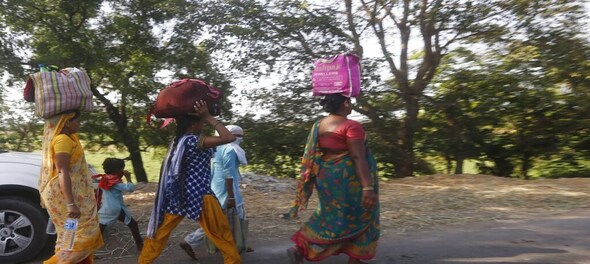
Authors: Pritha Venkatachalam and Kashyap Shah
Collaboration has been a critical multiplier of human endeavor throughout history. The same holds true in philanthropy, through which funders and change-makers aggregate capital, networks, and talent to pursue solving the looming climate, social, economic, and other challenges facing India. And as the nation combats the COVID-19 crisis and its far-reaching effects, the advantages of collective action have never been more apparent.
A recent report by The Bridgespan Group, Philanthropic Collaboratives in India: The Power of Many, investigates why social sector actors collaborate, what conditions give rise to impactful collaboratives in India, and how actors work together to overcome the barriers to amplifying social change. As part of its report, Bridgespan surveyed multiple stakeholders across 13 philanthropic collaboratives in India. The team later examined several newly formed collaboratives that have emerged in response to COVID-19.
More than 70 percent of Bridgespan’s survey respondents strongly agreed that working collectively has enabled them to make more progress against India’s social problems than working alone. How?
Collaboration, however, is not a one-size-fits-all solution. The conditions must be ripe for a collaborative to work. Participants should be aligned on at least one of three goals outlined in Bridgespan’s study: scaling solutions, strengthening entire fields (such as nutrition or primary education), and building a case for promising innovations. Collaborating to achieve those goals makes sense because they are often too substantial or complex for any one entity to achieve alone.
India is uniquely poised to build on the promise of multi-stakeholder collaboratives during crises such as the COVID-19 pandemic, especially in partnering with the government when the benefits are mutually reinforcing. At the central, state, and district levels, the government is a key partner in or target influencer for several collaboratives, bringing to bear strong political will and the resources and networks to help scale solutions. For instance, when the A.T.E. Chandra Foundation (ATECF) sought to distribute 70,000 food kits to families in Mumbai’s slum containment zones during the nationwide lockdown, it partnered with the Municipal Corporation of Greater Mumbai and the Mumbai Police to secure the necessary permissions. Additional donors joined ATECF to provide funding, and other partners in this collaborative effort included Praja, which provided ground-level support and mobilised the community, and Donatekart, which managed logistics and distribution of food supplies.
Although most collaboratives in India are comparatively young and it is still too soon to measure their full impact, the early signals are encouraging. More than 90 percent of Bridgespan’s survey respondents agreed that the benefits of collaboration exceeded their investments in the collaborative, a sentiment strongly echoed by stakeholders of the recently established collaboratives that are responding to COVID-19. The pandemic has prompted large numbers of social sector actors at the grassroots and state/national levels to come together and embrace “the power of many”— a power that can be harnessed to solve numerous other complex social problems faced by India.
-Pritha Venkatachalam is a partner and Kashyap Shah is a principal in The Bridgespan Group’s Mumbai.The views expressed are personal
Check out our in-depth Market Coverage, Business News & get real-time Stock Market Updates on CNBC-TV18. Also, Watch our channels CNBC-TV18, CNBC Awaaz and CNBC Bajar Live on-the-go!


Supreme Court dismisses plea seeking postponement of CA exams; details here
Apr 29, 2024 2:29 PM
Just 8% women candidates contested first two phases of Lok Sabha polls
Apr 29, 2024 12:00 PM
The sexual assault case against Prajwal Revanna — here's what we know so far
Apr 29, 2024 11:36 AM
Repolling underway at one polling booth in Chamarajanagar LS segment in Karnataka
Apr 29, 2024 10:32 AM

